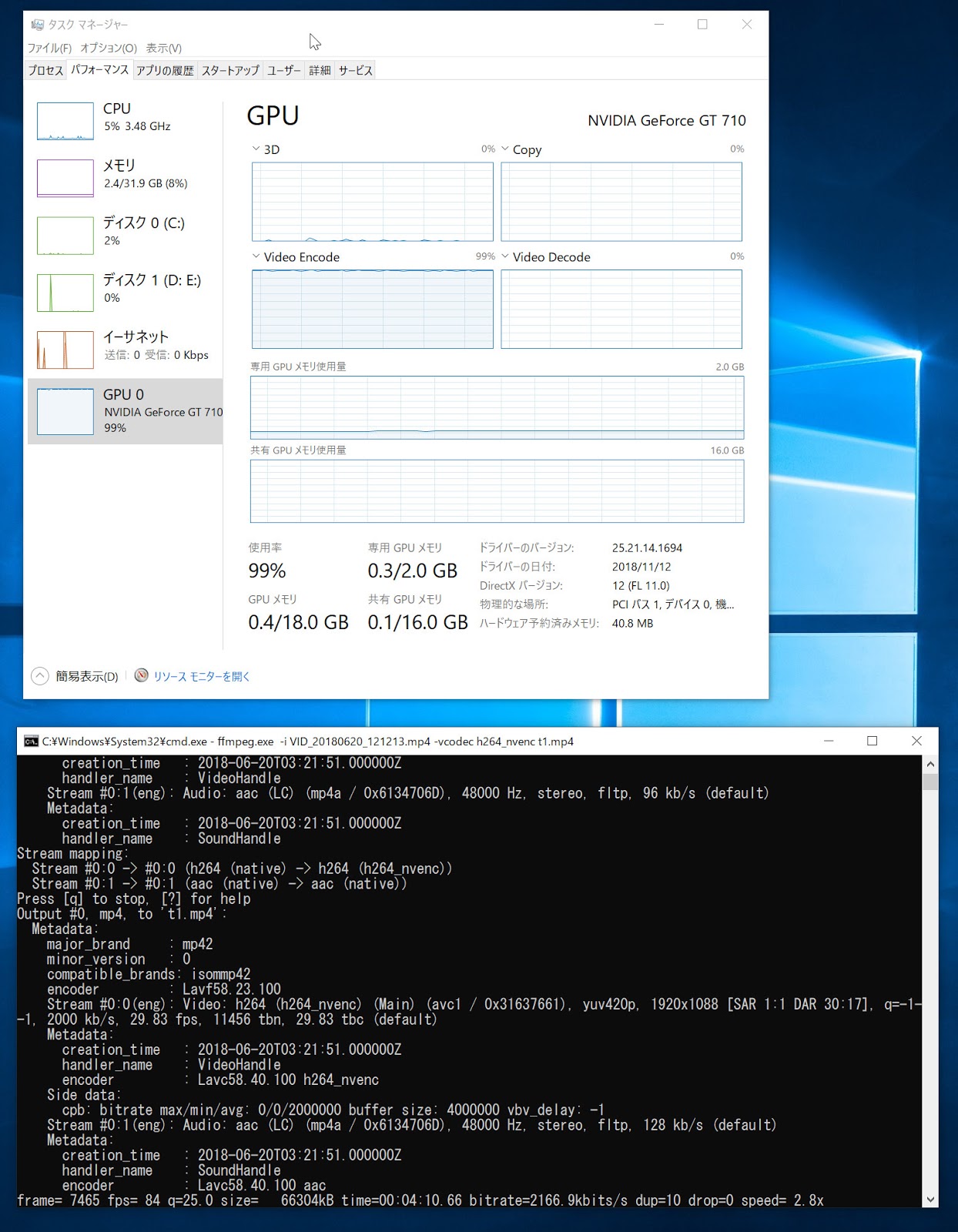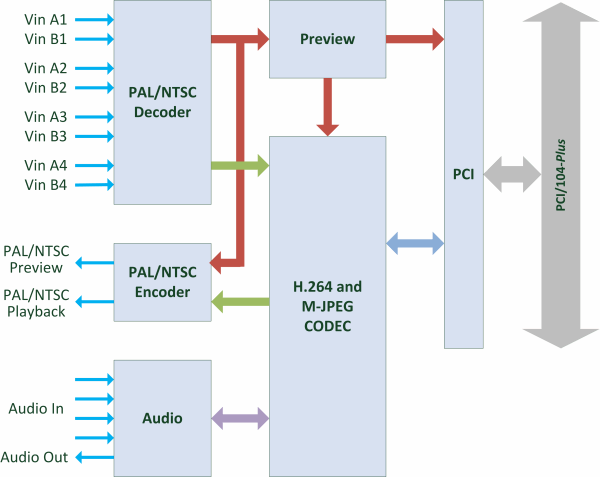


Where filters require a device (for example, the hwupload filter), the device used in a filter graph can be specified with the -filter_hw_device option:įfmpeg -init_hw_device vaapi=foo:/dev/dri/renderD128 -i. If only one stream is being used, -hwaccel_device can also accept a device path directly:įfmpeg -hwaccel vaapi -hwaccel_device /dev/dri/renderD128 -i. With the decode hwaccel, each input stream can then be given a previously initialised device with the -hwaccel_device option:įfmpeg -init_hw_device vaapi=foo:/dev/dri/renderD128 -hwaccel vaapi -hwaccel_device foo -i. In ffmpeg, a named global device can be created using the -init_hw_device option:įfmpeg -init_hw_device vaapi=foo:/dev/dri/renderD128 When working standlone, it is generally best to use a DRM render node ( /dev/dri/render*) - only use a connection via X if you actually want to deal with surfaces inside X (with DRI2, for example). This can be connected either directly or via a running X server. The libva driver needs to be attached to a DRM device to work. Set the environment variable VAAPI_DISABLE_INTERLACE to 1 to be able to use the encoder (but without any interlaced video support). By default, frames are separated into fields and interlaced video is supported but encoding is not. No other codecs are supported by Mesa for encode yet.Įncoding and interlacing support in Mesa are incompatible because of the data layout in GPU memory. H.264 encode is working on GCN GPUs, but is still incomplete. Set the environment variable VAAPI_MPEG4_ENABLED to 1 to try to use it anyway.

MPEG-4 part 2 is disabled by default due to VAAPI limitations (the main Intel driver never implemented it, so it didn't get much testing). H.265 support was added with GCN 3 (Volcanic Islands) and H.265 10-bit with GCN 4 (Arctic Islands). H.264, MPEG-2, MPEG-4 part 2 and VC-1 decode are supported by all GCN GPUs (since Southern Islands). The Mesa VAAPI driver uses the UVD (Unified Video Decoder) and VCE (Video Coding Engine) hardware found in all recent AMD graphics cards and APUs.


 0 kommentar(er)
0 kommentar(er)
